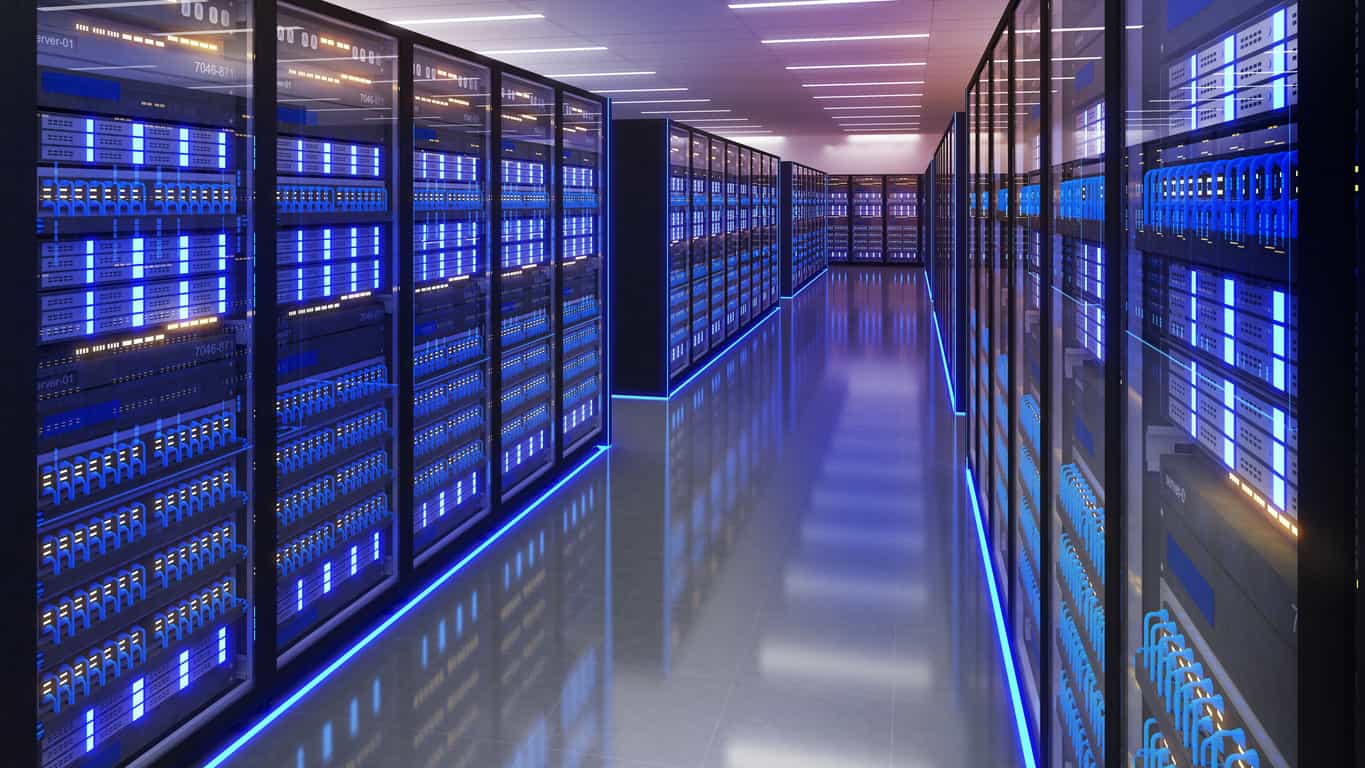Much of the world’s critical functions today depend on data centers. These facilities form the backbone of global networks, constantly moving information between users. The server banks and other equipment within these properties work exceptionally hard to fulfill the intense demand for data, and all that work generates a lot of heat.
Heat can have a significant effect on the performance and lifespan of sensitive electronic devices. A data center that runs too hot can become too sluggish to do its job properly and lead to costly repairs and replacements for damaged components. This makes an effective and efficient cooling system a necessity. For a long time, the only real way to keep these facilities cool at scale was the use of fans for air cooling. However, recent advancements in technology and increasing demands have made liquid cooling a viable — and in many ways preferrable — alternative.
What Is Liquid Cooling for Data Centers?
There are a number of different ways liquid can be used to keep electrical components in data centers from overheating. These include:
- Heat exchangers, which transfer heat from inside the equipment to the outside through the use of liquid coolants.
- Direct-to-chip (D2C) systems, that use plates cooled with fluid to remove heat from chips through direct contact with the components.
- Immersion cooling, which immerses components in dielectric cooling fluids to keep them cool and move heat away from the equipment.
Compared to the use of fans to blow cool air over computer chips and other components, liquid cooling is far more effective. This is because liquid is denser than air and therefore can absorb more heat. It also is much better at retaining heat, meaning more of it can be carried away without lingering in the area.
Liquid cooling systems also have the advantage of being more energy-efficient than air cooling. This not only pertains to the amount of electricity the fans consume, but also the amount of water used to cool the air in a heat exchanger. This has the added benefit of making liquid cooling systems more cost-effective, especially in light of the increasing need for cooling in modern data centers. The high-density computing employed in most data centers today call for enhanced cooling capabilities, which makes liquid cooling a better choice in terms of performance and cost-effectiveness.
Implementing Liquid Cooling Solutions
Because there are many different types of liquid cooling systems, it’s important for data center operators to pay close attention to their needs for the optimal deployment. For example, D2C systems may be easier to install than immersive cooling, depending on the infrastructure already in place. However, immersion systems offer a smaller overall footprint and are much more efficient.
There also are hybrid solutions available that combine air and liquid cooling to make the transition easier, including rear-door heat exchangers. Although these may be less disruptive to the facility’s operations, they may not provide the level of performance a completely liquid system can offer.
Who Makes Liquid Cooling Systems for Data Centers?
Embracing liquid cooling can give data centers the performance they need to get the most out of their equipment. As a leading manufacturer of stainless steel fittings for data center cooling systems, Steel & O’Brien is the ideal partner for many of the essential components needed for these solutions. Our valves, manifolds and other fittings have been designed and manufactured to provide exceptional durability and dependability no matter the application. To learn more about our liquid cooling technology for data centers, reach out and talk to a member of our team today.

